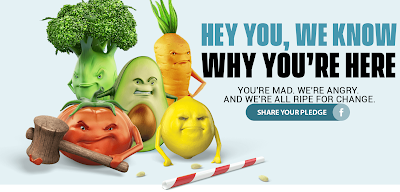This morning I wanted to check out an issue I’d come across in the news about Antarctic ice melting.
So I googled the EPA + Climate Change.
This is where I landed.
How did I miss this! This site apparently has been under construction since April 2017!
In a news release (4/28/17) EPA explains the changes in ominous language –
“….. changes that reflect the agency’s new direction under President Donald Trump and Administrator Scott Pruitt. The process, which involves updating language to reflect the approach of new leadership, is intended to ensure that the public can use the website to understand the agency’s current efforts.”
Not to worry.
Just a bit of WordPress tweaking.
I don’t think so……
Let’s keep in mind EPA Administrator Scott Pruitt has stated that he’s not convinced that carbon dioxide from human activity is the main driver of climate change and he actually sued the EPA more than a dozen times as Oklahoma’s attorney general.
A) Just what is taking so long?
B) What will climate change look like on the
“updated” site?
In my current worst daydreams about the new webpage I envision something like this. (forgive my total lack of design skills)
* In a quick look, if you use “Advanced Search” you can still easily find the archived presentations, talks and actions EPA has taken over the years.






































